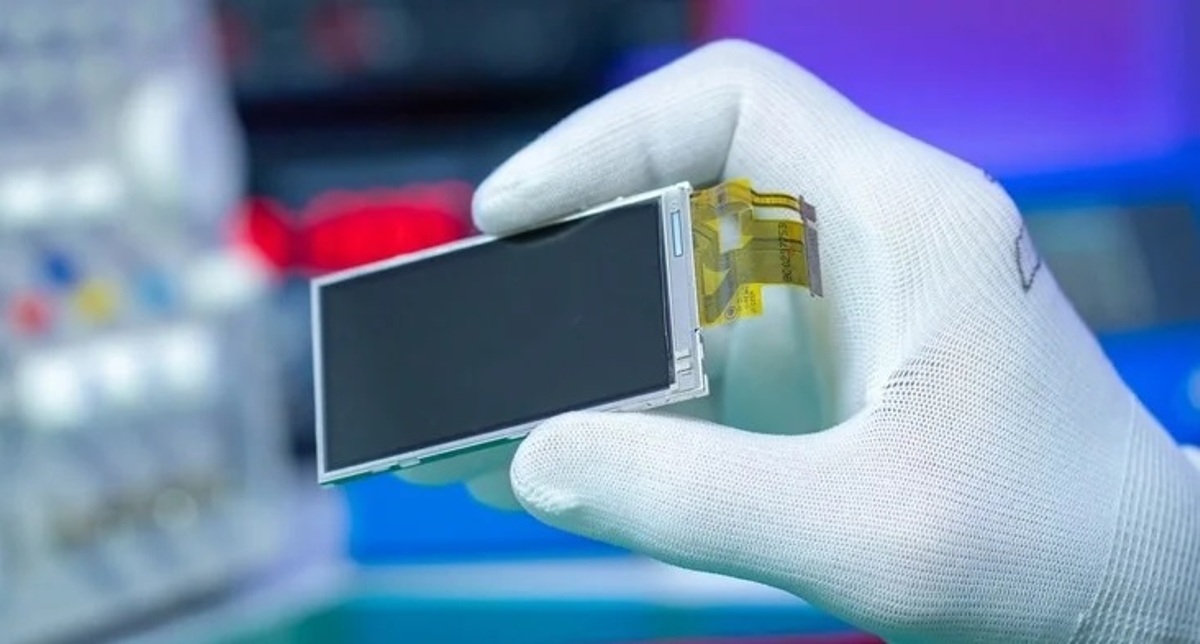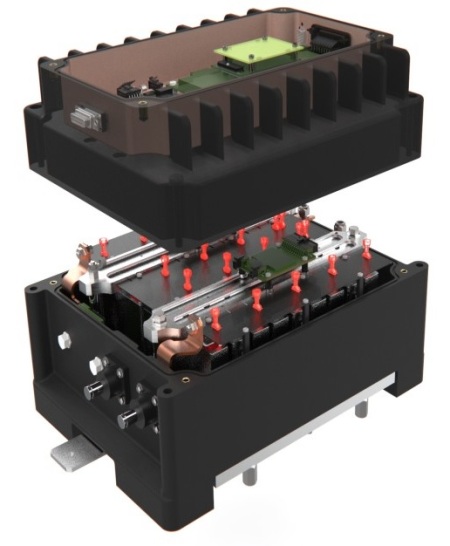
The global market for rheumatoid arthritis treatments is expected to grow at a CAGR of...
Learn More
Our consulting solutions address company specific challenges with respect to micro environment...
Learn More
Organizations frequently need day-today research guidancein order to gain strategic...
Learn More
Exploring different areas of market research and market analysis is a key factor...
Learn MoreAcute Market Reports presents the most extensive global business research services across industries. Our research studies focus on potential outcomes, benefits, and risks associated with each market segment across geographies. Having served our global clients for more than 10 years, our prime priority is to enable our clients in making well-informed business decisions through a data-driven, analytical, and uncomplicated research approach.
We provide access to the world's most comprehensive, analytical, and updated business intelligence services and solutions.




The industry's reliance on sodium antimonate in flame retardant applications, optical-grade formulations, and diverse industrial processes is evident in the drivers and trends shaping the market. The sodium antimonate market is expected to grow at a ...
Read More
The electronics films market is poised for substantial growth, driven by several key factors. Firstly, the increasing demand for electronic devices across various industries such as consumer electronics, automotive, and healthcare is fueling the grow...
Read More
The 48 volt battery system market is expected to grow at a CAGR of 30% during the forecast period of 2025 to 2033, driven by the increasing demand for electric vehicles, advancements in lithium-ion battery technology, and government initiatives promo...
Read More




